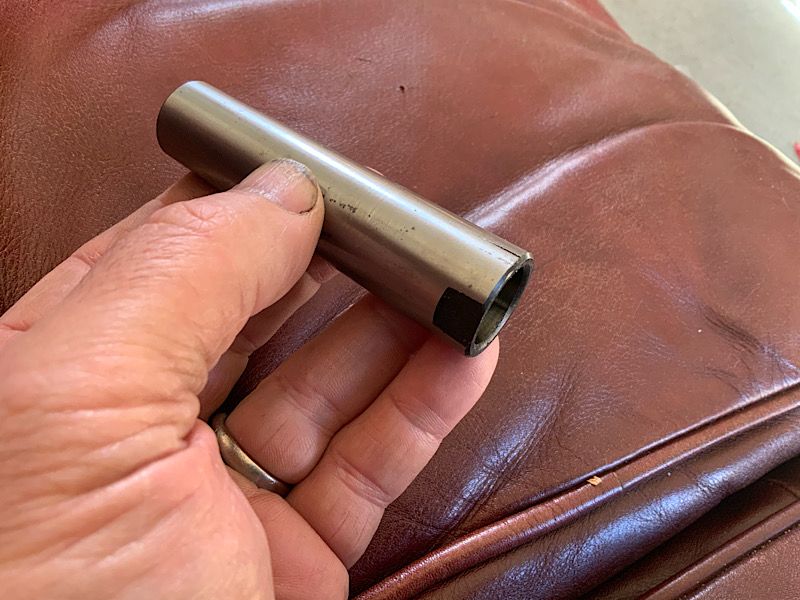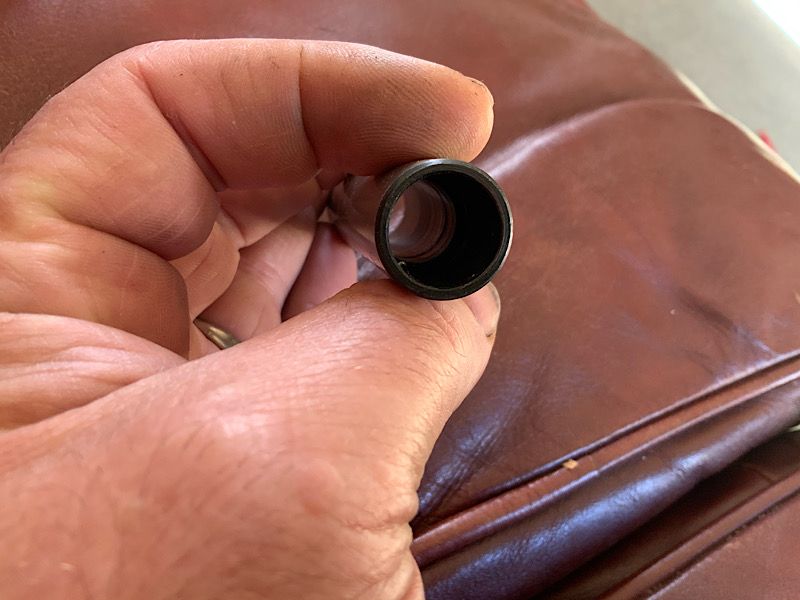The trick to releasing stubborn, but otherwise unconstrained, tapers is to induce some vibration into the system.
I learned that many years ago when trying to remove the flywheel from an Acto rotary mower. Proper pullers failed miserably so I eventually forked out for the official tool. Turned out to be a simple bit of round bar with a thread to screw into the end of the crank. An expensive bit of bar but I was assured that it would do the job. Muttering dark threats about what would happen if it didn't I screwed it in, lifted against the flywheel with one hand and rapped the end sharply with a club hammer as advised. There was an audible Rinnngg and the flywheel popped off just like that.
In the intervening years I've seen a few drill chucks separate from their taper when the drill vibrates.
Getting back to your problem I'd make a suitably substantial device to clamp round the quill when it is extended an inch or so and bolt it to the table so all is solid. I'd be thinking in terms of two arms maybe an inch or more square with suitable half circles at the end to clamp the spindle. Needs to be solid and clamped to the machine table so forces don't go through the quill bearings.
Make a solid clamp on spanner to go on the end of the jammed in adapter and give it a sharp rap or two with a club hammer. The technique is more of a fast puch through rather than hefty knock. Speed and monetum does the work. It will move.
Creating properly effective tooling for this sort of thing always seems a metric boatload of work. But generally 5 minutes trying the simple way and, perhaps one bodge, followed by making the right stuff is faster than spending a day trying "a number of things" before giving up and setting down to toolmaking. Trying" a number of things" seems to have a high risk of damaging parts too. Often expensive ones. One such mishap cured me of the habit!
Once its out take a good look at the small end.
Most of these adapters have a short parallel section at the end of the taper. I've seen one machine & sleeve combination where the parallel portion was a little too large to enter cleanly into the quill beyond the taper section. Fortunately that one was sufficiently oversize that it was obviously not going to go. The parallel portion always has a chamfer or similar on the end to break the sharp edge. I can easily imagine a situation where the disparity in size is small enough that the sleeve is only a few thou short of proper seating before the marginally oversize parallel part grinds its way into the quill bore. Should that happen its going to be seriously, seriously tight.
Best to verify that isn't an issue.
All from the "Don't do as I do, Do as I say book.". If it were mine I'd just weld a filler in the sleeve, set up a quill support spacer as advised above, bonk it out and drop in the scrap bin. My time and effort to do a proper, damage free, extraction is worth vastly more than a new sleeve.
Clive
Edited By Clive Foster on 01/11/2020 14:03:23
Edited By Clive Foster on 01/11/2020 14:04:07
Edited By Clive Foster on 01/11/2020 14:04:41
Howard Lewis.









